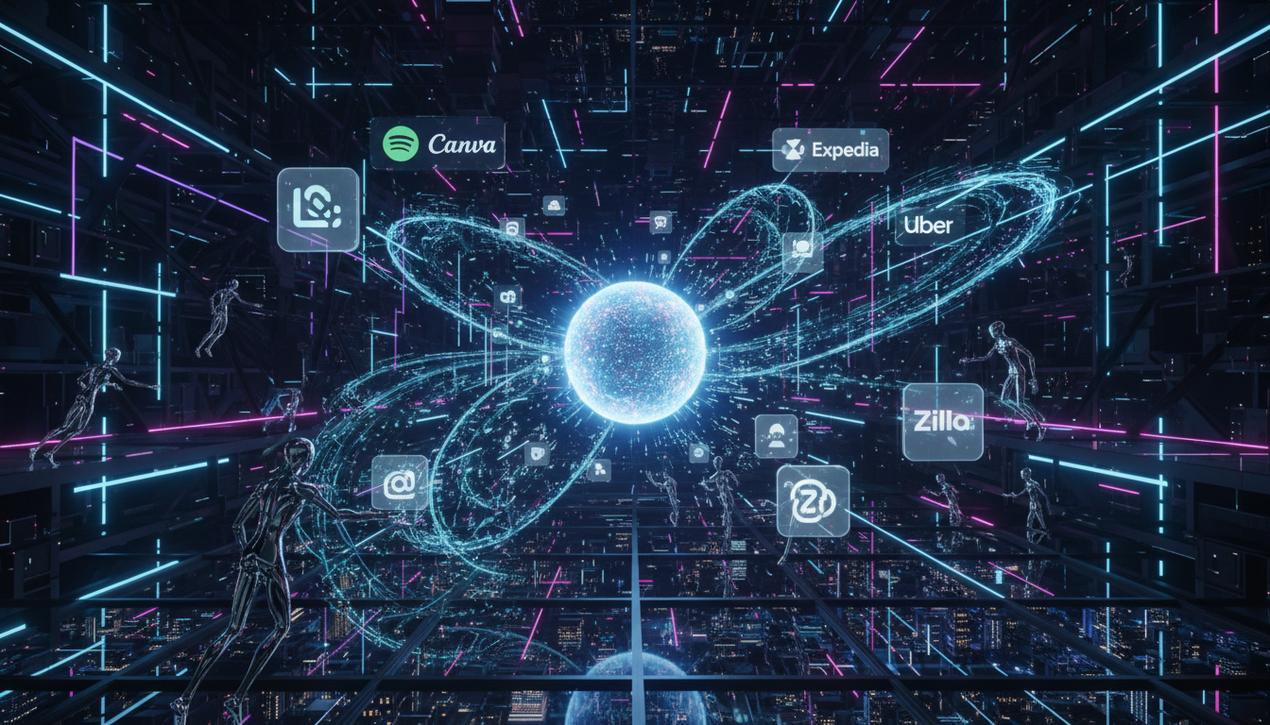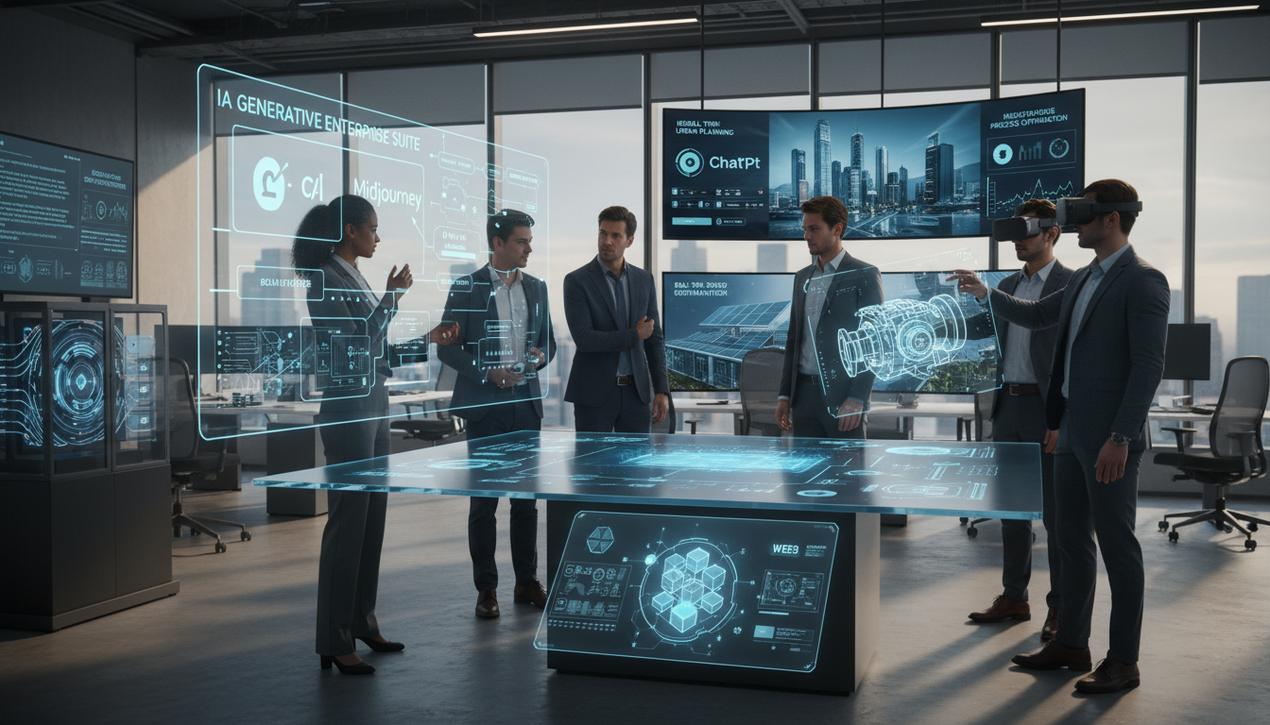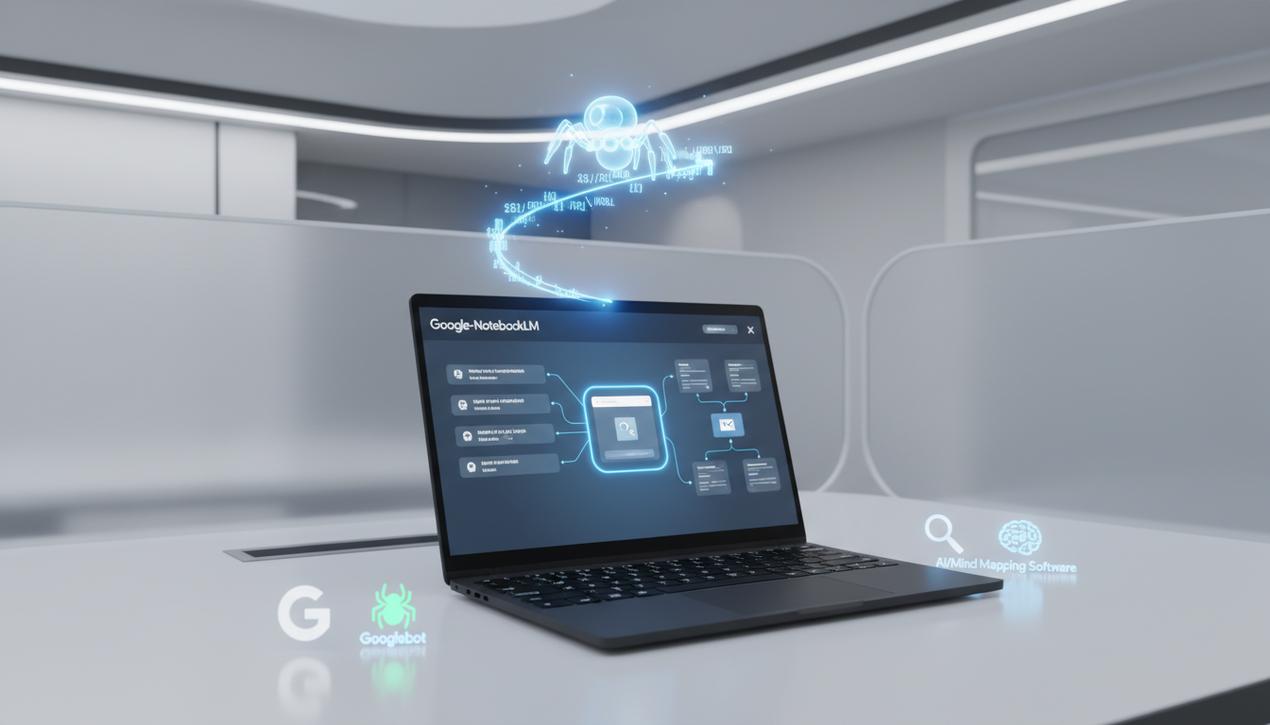AI Agents Arrive: Inside the New ChatGPT Platform


The artificial intelligence ecosystem is at a pivotal turning point. In 2025, the market for autonomous AI agents is no longer an experimental niche but a major economic force, valued at nearly $9.4 billion and projected to grow at a compound annual rate of over 30% through 2034. It was against this dynamic backdrop that OpenAI, during its 2025 DevDay, announced the most significant evolution of its flagship product. ChatGPT, the tool that introduced hundreds of millions to generative AI, is shedding its skin as a simple chatbot to become a true conversational operating system. The era of passive dialogue is over; in its place is an open application platform where autonomous agents can execute complex tasks by connecting to third-party services. This transformation, already impacting 800 million weekly active users, signals the dawn of a new age: one of proactive AI that no longer waits for commands but anticipates needs.
From Conversational AI to a Full-Fledged Operating System
OpenAI’s strategic vision is unambiguous: to position ChatGPT as the single point of entry for our digital lives. Instead of juggling dozens of applications, users can now centralize their actions within a single conversational interface. This evolution is built on two foundational pillars: the seamless integration of third-party applications and the provision of robust development tools to foster a rich and interconnected ecosystem.
App Integration: A Unified Hub of Services
The most immediate change is the ability to call external services directly from the chat interface. It is no longer up to the user to translate their intent into clicks across different platforms; the AI handles the execution. In practical terms, you can now:
- Plan an entire trip: Ask ChatGPT to find a flight on Expedia, book a hotel on Booking.com, and suggest a restaurant on TheFork, all within the same continuous conversation.
- Manage your entertainment: Create a custom playlist on Spotify or start a workout session on Peloton simply by describing your mood or fitness goals.
- Boost your creativity: Generate a presentation directly in Canva or collaborate on a design in Figma without ever leaving the chat window.
- Organize your daily life: Order a meal on DoorDash, have groceries delivered via Instacart, or book a ride with Uber using natural language.
- Streamline professional tasks: Connect to Salesforce to update customer records or query data from a business intelligence tool like Tableau.
- Conduct real estate searches: Filter and compare property listings on Zillow by describing your ideal home.
These applications can be invoked manually or suggested proactively by the AI based on the context of the conversation, making the user experience exceptionally fluid and intuitive.
The Apps SDK and the MCP: A Technical Foundation
To enable this ecosystem to flourish, OpenAI is launching an Apps SDK in preview. Its centerpiece is the Model Context Protocol (MCP), an open-source protocol that functions like a “USB-C for AI.” It standardizes how AI models connect to external data sources and tools, ensuring secure and structured interactions. This protocol allows for the display of rich, interactive interfaces directly within ChatGPT. Developers can submit their own applications to the platform and even monetize them through the Agentic Commerce Protocol, which will facilitate instant, secure payments.
AgentKit: Democratizing the Creation of Autonomous Agents
While app integration is the first step, the creation of custom AI agents is the true revolution. OpenAI has unveiled AgentKit, a suite of tools designed to build, test, and deploy complex autonomous agents with startling simplicity, often without writing a single line of code. The goal is to make this powerful technology accessible to everyone, from seasoned developers who can use the best AI code generators, to business experts.
The Core Components of AgentKit
AgentKit is an integrated solution that covers the entire lifecycle of an AI agent. Its key features include:
- Agent Builder: A visual editor that allows for the design of complex workflows using a simple drag-and-drop interface. It manages versioning and can even orchestrate collaboration between multiple agents.
- Connector Registry: A centralized dashboard for securely connecting to crucial data sources like Google Drive, Dropbox, SharePoint, and Microsoft Teams.
- ChatKit: A component for easily embedding conversational agents into any user interface, whether it’s a company website or part of a plan to create a mobile app.
- Guardrails: An essential open-source security system. It actively protects against personal data leaks, “jailbreak” attempts, and malicious behavior, a critical feature for enterprise adoption.
- Evaluation Tools: A suite for ensuring agent performance, allowing for prompt optimization, end-to-end workflow grading, and measurement of outcome effectiveness.
According to the fintech company Ramp, an early partner, using AgentKit reduced agent development cycles from several months to just a few hours—a 70% acceleration.
GPT-5 Pro and Sora 2: Fueling the New Platform
These software advancements are powered by dramatic improvements in the underlying models. OpenAI used the event to announce the availability of GPT-5 Pro via its API. This next-generation model offers vastly superior reasoning and logic capabilities, making it particularly well-suited to power autonomous agents in demanding sectors like law, finance, and healthcare, where precision is non-negotiable. At the same time, Sora 2, the new version of its video generation model, was unveiled. Capable of creating longer, more physically coherent sequences, it paves the way for multimodal agents that could, for example, generate an entire video advertising campaign autonomously.
Strategic Implications for the Future of Work
The transformation of ChatGPT into a platform for autonomous agents is far more than a technological innovation; it is a paradigm shift that will redefine productivity and work organization. The trend is already clear, with 92% of HR leaders acknowledging AI’s key role in automating administrative tasks. The arrival of these agents will only accelerate this transition.
Toward an Agentic and Proactive Economy
We are entering an “agentic economy,” where humans will collaborate with teams of specialized AI agents. The ChatGPT Pulse feature is a perfect illustration: it proactively seeks out information for the user, such as updates on their projects managed with top project management software, or conflicts in their calendar, even before they ask. The role of human professionals will evolve toward supervision, strategy, and validation of tasks performed by these “virtual employees.” Hyper-personalization will become the standard in customer service, marketing, and training.
Navigating the New Challenges: Security and Governance
This newfound power comes with significant responsibilities. The security of data flowing through APIs, the ethics of decisions made by autonomous agents, and the governance of these systems are critical challenges. The integration of tools like Guardrails shows that OpenAI is taking these issues seriously, but widespread adoption will require the establishment of clear regulatory frameworks and constant human oversight to ensure reliable and equitable deployment. Issues like potential job displacement and the need for workforce reskilling also move to the forefront.
By transforming ChatGPT into a true application hub and a factory for autonomous agents, OpenAI is not just updating a product; it is laying the foundation for a new era of computing. It is an era where conversation becomes the ultimate interface for interacting with the digital world—not just to retrieve information, but to take action. The companies and professionals who master these new tools will not only enhance their productivity; they will reinvent their industries and create services previously unimaginable.




